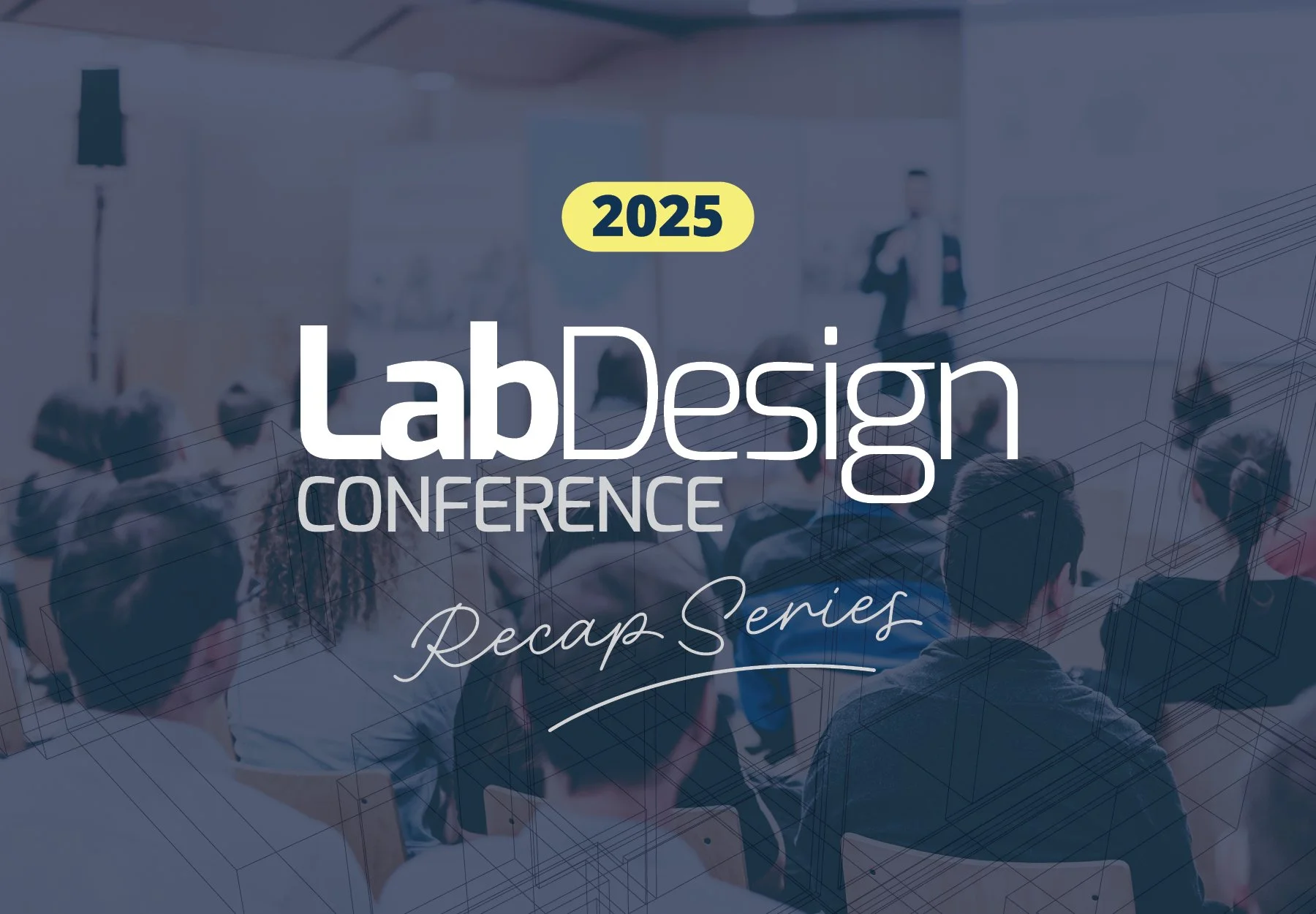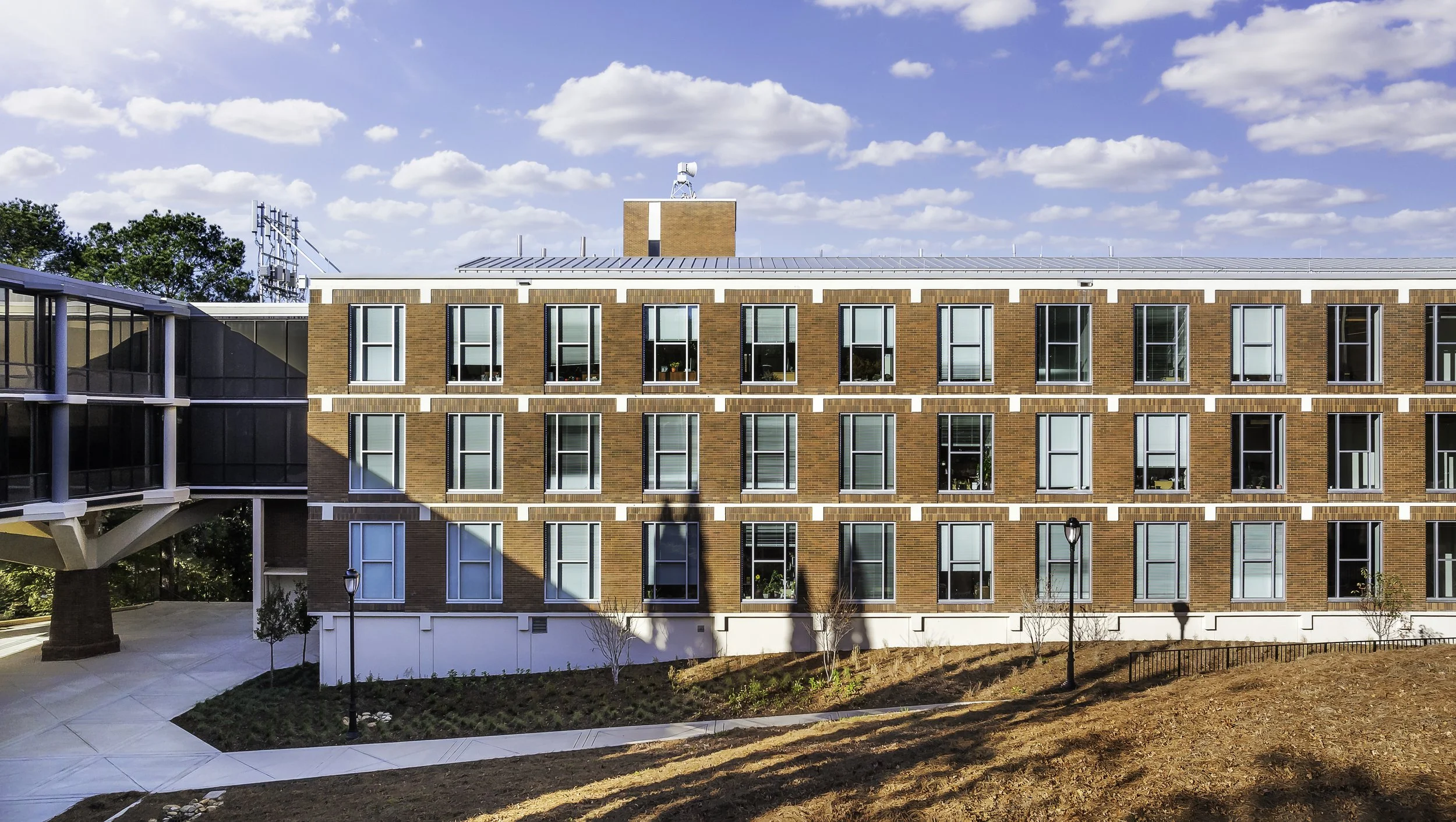[[bpstrwcotob]]

From Residence to Research: Adaptive Reuse Lessons at Mount Sinai
The transformation of Mount Sinai’s 60-year-old nurse residence into a cutting-edge Center for Artificial Intelligence and Human Health highlights the challenges of adaptive reuse—tight floor heights, structural limits, and code compliance—and offers key lessons in due diligence, infrastructure replacement, and creative problem-solving for future lab projects

Busting the Myth of Adaptive Reuse: Lessons in Retrofitting Labs for Structural Performance and Sustainability
As demand for life science and advanced technology spaces grows, adaptive reuse offers sustainability and speed—but as speakers at the 2025 Lab Design Conference emphasized, converting offices, warehouses, or retail buildings into high-performance labs presents complex structural challenges that require careful evaluation of each building’s limitations and suitability

From Old to High-Performing: Navigating the Complexities of Breathing New Life into Existing Buildings
Outdated buildings—including a federal lab and a former big-box store—can be successfully transformed into high-performing, flexible laboratory spaces by leveraging early feasibility studies, interdisciplinary collaboration, and design strategies focused on sustainability, adaptability, and occupant well-being

Modernizing a Mid-Century Lab for 21st Century Research
The renovation of the University of Georgia’s Cedar Street Building C demonstrates how aging research facilities can be transformed into modern, flexible, and sustainable lab environments while honoring their historic character

Designing Toward Absolute Zero: Practical Strategies for Carbon-Neutral Laboratories
At the 2025 Lab Design Conference, Kristen DiStefano of Atelier Ten and Ryan Velasco of ZGF urged the industry to move beyond net zero and embrace absolute zero carbon design, emphasizing that through passive, all-electric systems, adaptive reuse, renewable energy, and carbon-sequestering materials, laboratories can lead the way in redefining sustainable architecture for high-performance environments

Lab Design Conference Speaker Profile: Isabel Mandujano
2025 Lab Design Conference speaker Isabel Mandujano of LPA, Inc. discusses the structural challenges of adapting existing buildings for laboratory use, focusing on vibration control, mechanical system integration, and spatial constraints, while comparing building typologies, debunking retrofitting misconceptions, and presenting innovative solutions to enhance functionality, safety, and sustainability in adaptive reuse projects

Overcoming Design Challenges at 135 Mississippi: MBC Biolabs' Latest Facility
This project is a prime example of how adaptive reuse can revitalize existing infrastructure into a contemporary setting for advanced scientific exploration and cooperative efforts by transforming a nearly century-old structure into a state-of-the-art environment for scientific innovation and collaboration
